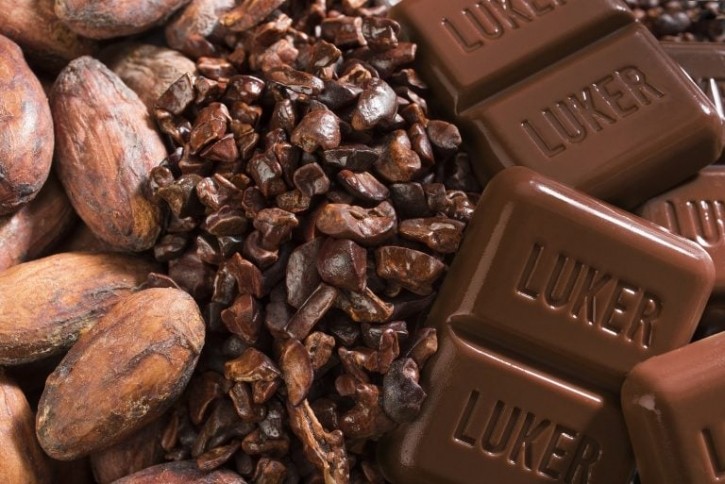BALANCING HEALTH AND INDULGENCE IN CONFECTIONERY
UK consumers enjoyed slightly less chocolate in 2023 due to tighter HFSS restrictions

Mintel’s research reveals 95% of UK consumers eat chocolate – and an impressive four in five British people eat chocolate once a week or more, making it a regular part of British diets.
Evidence shows the figure has slightly decreased since 2022, with a shift towards eating chocolate only once every fortnight or less regularly than previously.
But why were Brits eating less chocolate in 2023? One reason may be the HFSS (High in Fat, Sugar, or Salt) products have faced tighter restrictions on where they can be located in stores since October 2022, so confectioneries including chocolate are less visible to consumers than previously.
This has caused a decline in impulse chocolate purchasing, especially as in 2022 almost 7 in 10 British consumers declared they impulsively buy chocolate on promotional deals. In 2023, however, only a third of British consumers said they bought chocolate for themselves because it was on special offer.
German chocolate consumption
In Europe, Mintel reported three-quarters of German consumers eat chocolate at least once a week, with more than 10% eating chocolate once a day or more. More than half of German consumers agree eating chocolate is an affordable way to improve their mood, and most prefer to buy chocolate blocks that can be eaten across multiple occasions.
“This tells us that eating chocolate is part of a regular routine for German consumers, rather than being an occasional and unpredictable treat,” Mintel claimed.
Its research showed Germans aged under 44 are far more likely to purchase single-serve bars compared to older consumers, who prefer blocks. With three-quarters of consumers saying smaller bars are better for trying different flavours, this suggests that younger consumers are more interested in novel varieties than older consumers.
US chocolate consumption
In the US, American consumption of chocolate confectionery falls slightly behind that of British consumers, as 3% fewer Americans have purchased chocolate of any kind in the last three months. Nonetheless, Mintel’s research reveals more than four out of five American consumers are eating the same amount or more chocolate than last year.
“So, the US appears to be a stable market for chocolate confectionery, but in which circumstances are Americans tempted to purchase?” it asked.
The answer was around two-thirds of American consumers purchase chocolate as a treat, compared to one-third who purchase chocolate as an energy boost, suggesting chocolate consumption in the US is more common for pleasure than practicality.
“This is further reiterated by the fact that over half of the Americans who ate more chocolate in 2022 attributed it to an increased desire for indulgence,” Mintel revealed.
Conclusion
Researchers concluded the UK is undoubtedly one of the world’s most loyal and consistent consumers of chocolate, with the vast majority of the population eating chocolate regularly and enjoying a wide variety of chocolate types. Similarly, consumers in the United States are eating chocolate on a comparable level to recent years, with most of the population enjoying chocolate confectioneries. Comparatively, German consumers eat less chocolate than their counterparts in Britain and America.
Richard Caines, senior food & drink analyst at Mintel, said: "Volume sales of chocolate have declined, and there is a need to make supermarket chocolate aisles more enticing, to increase both impulse buying and gifting sales."






